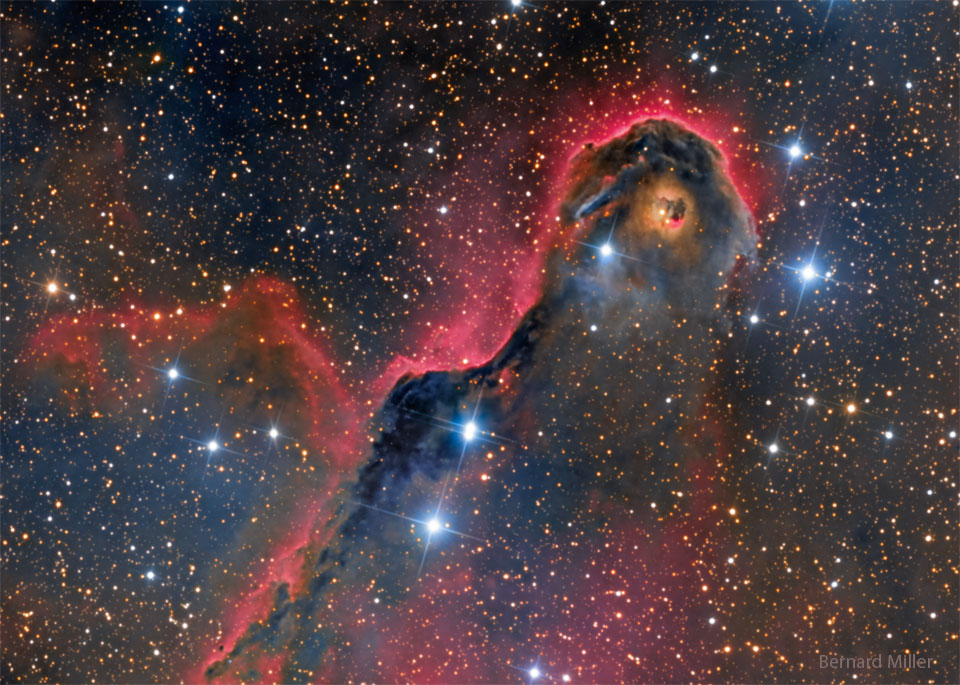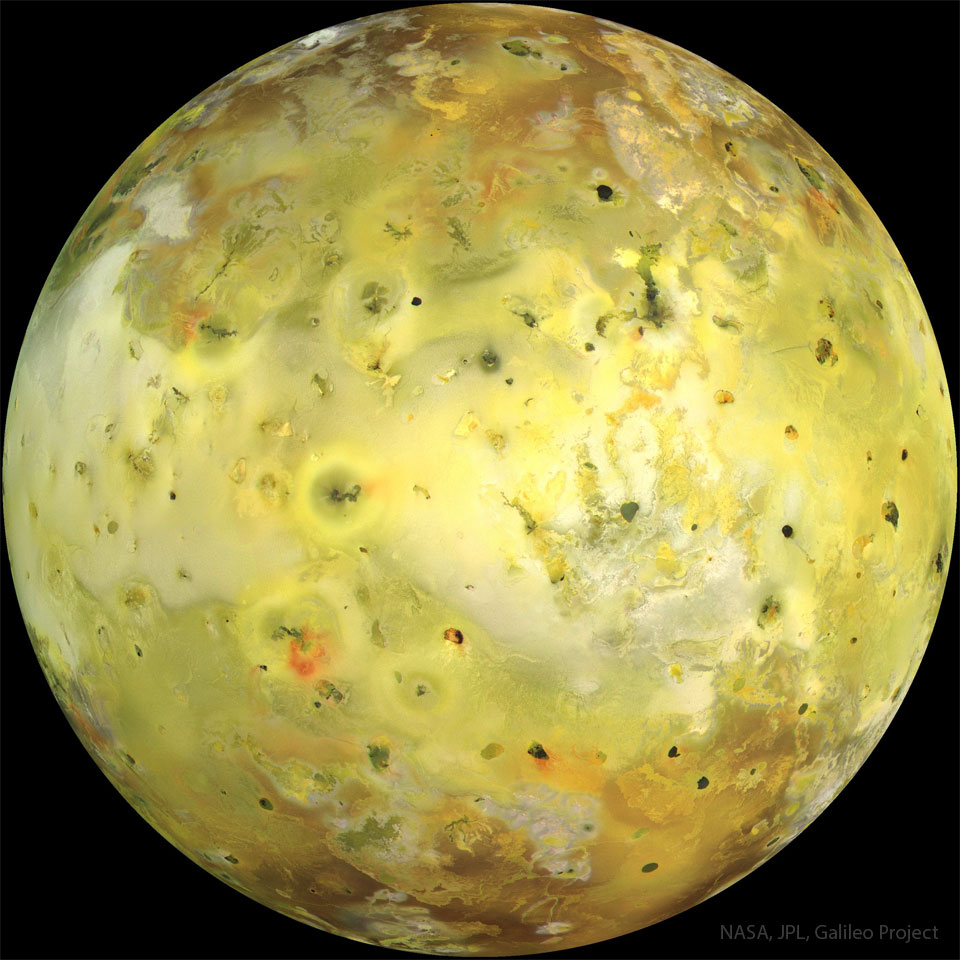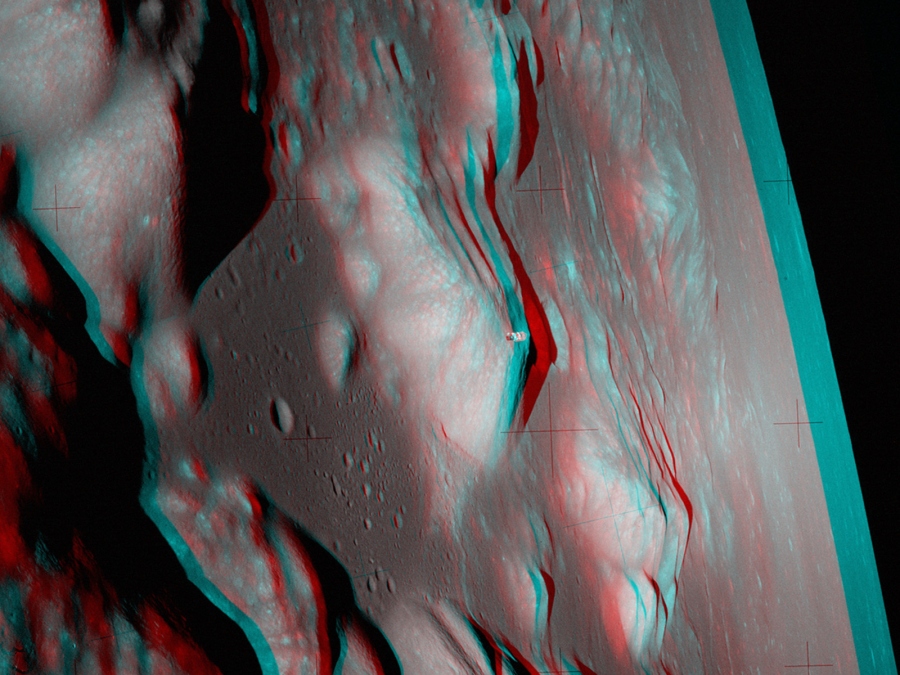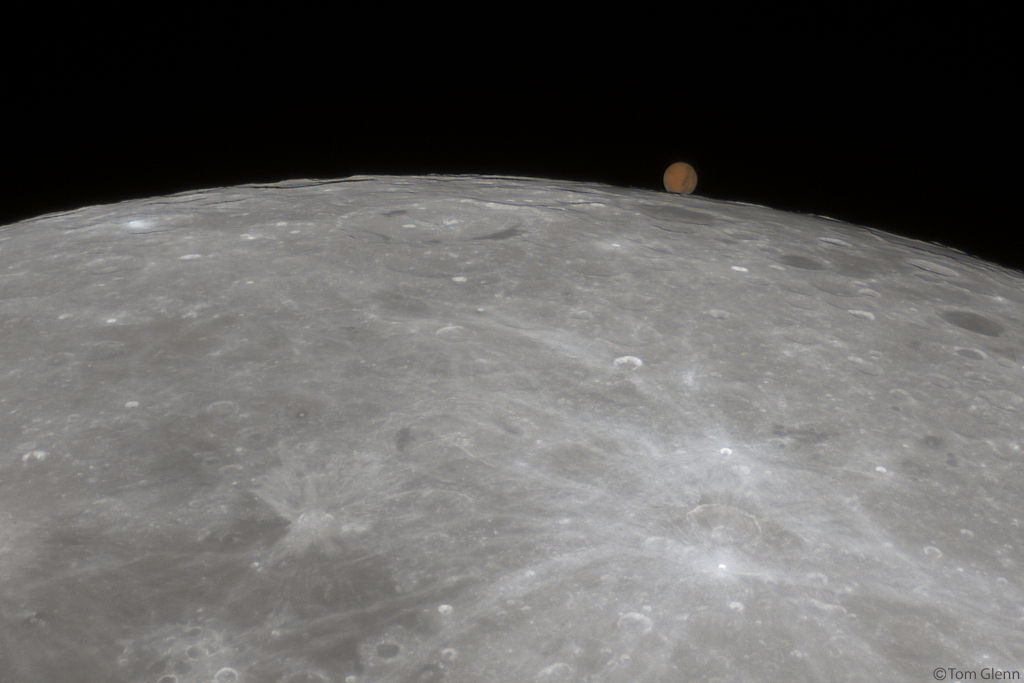Orion Comes Home to Earth

An Unusual Globule in IC 1396

Splashdown! NASA’s Orion Returns to Earth After Historic Moon Mission
NASA’s Orion spacecraft splashed down in the Pacific Ocean, west of Baja California, at 9:39 a.m. PST Sunday after a record-breaking mission, traveling more than 1.4 million miles on a path around the Moon and returning safely to Earth, completing the Artemis I flight test.
from NASA https://ift.tt/GBqrlNH
via IFTTT
Io in True Color

America and the Sea of Serenity

NASA Commits to Future Artemis Moon Rocket Production
NASA has finalized its contract with Boeing of Huntsville, Alabama, for approximately $3.2 billion to continue manufacturing core and upper stages for future Space Launch System (SLS) rockets for Artemis missions to the Moon and beyond.
from NASA https://ift.tt/jb2iL4s
via IFTTT
Orion Gazes at Moon Before Return to Earth

Mars Rises above the Lunar Limb

Michigan Students to Hear from Current NASA Space Station Astronaut
Students in Charlevoix, Michigan, will have an opportunity next week to hear from a NASA astronaut living and working aboard the International Space Station.
from NASA https://ift.tt/dtaBE8F
via IFTTT

